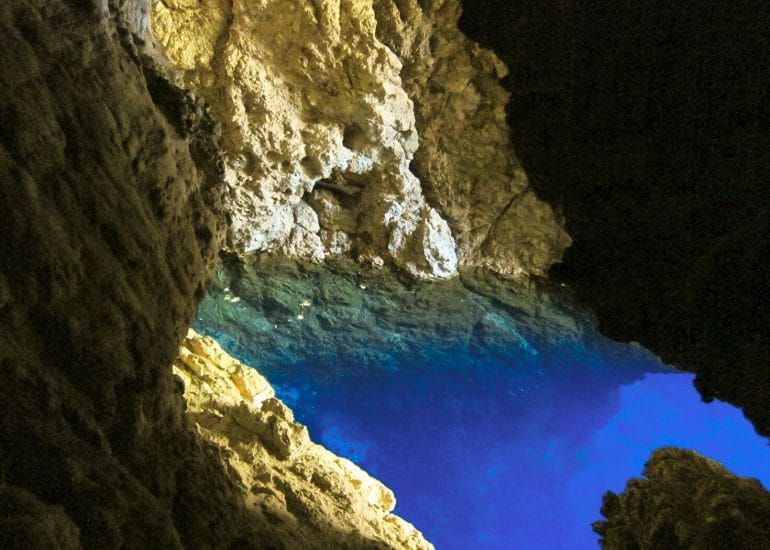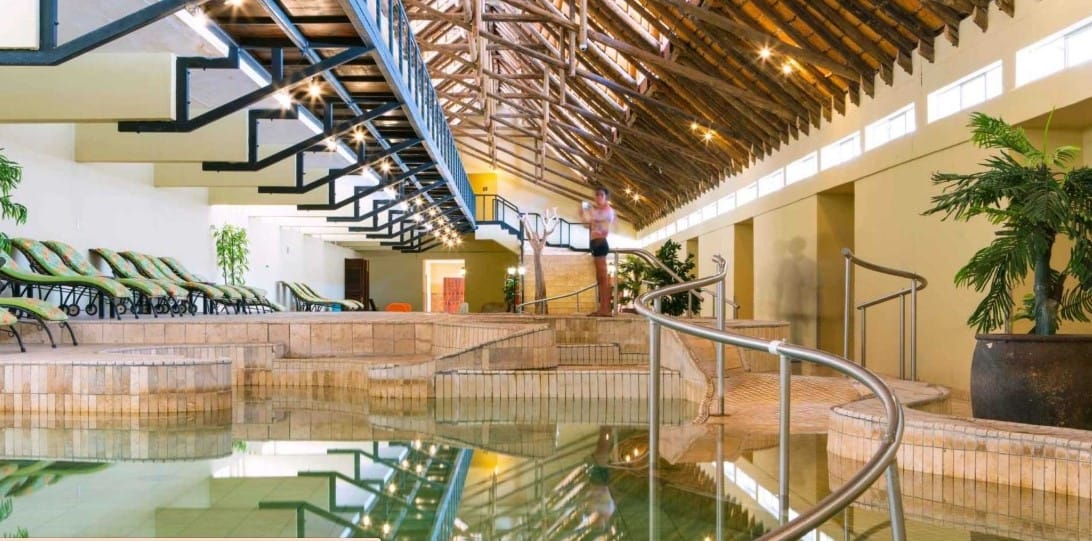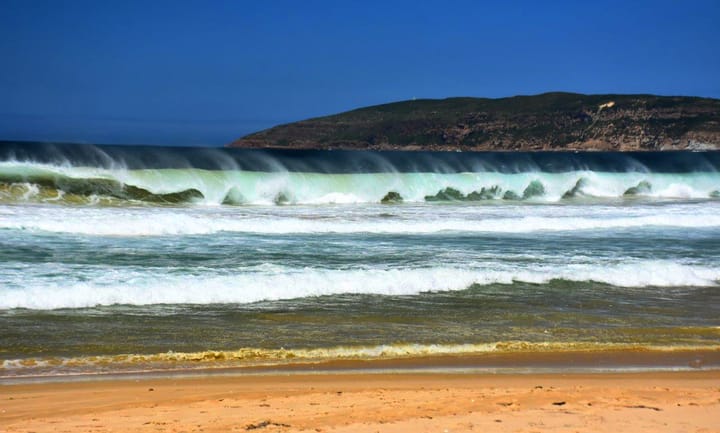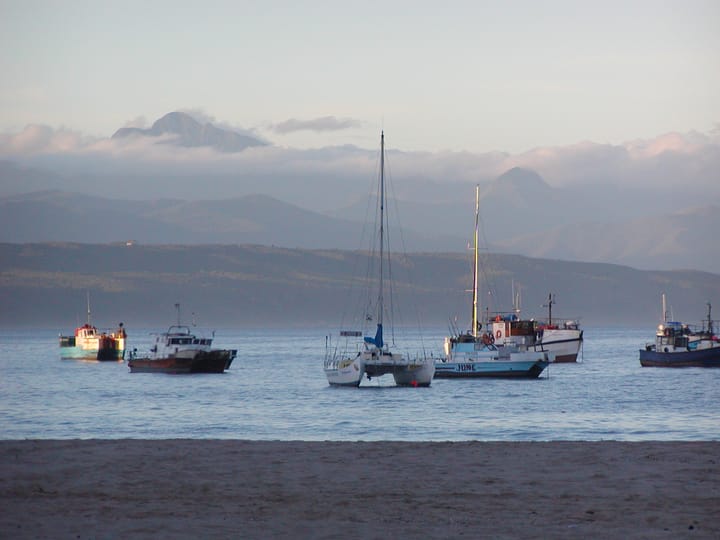I bet many of you have never heard of these places
Southern Africa hides landscapes that most travellers have never even heard of. They are destinations for those who value discovery over convenience.


There are corners of southern Africa that slip beneath the radar, often overlooked by the caravans of safari-goers and the steady stream of visitors heading to well-marked destinations.
Yet tucked away between ridges, riverbeds, and forgotten roads lie landscapes that reveal themselves only to those willing to venture further. These are places where the silence is layered, where time slows, and where you can feel the rhythm of life in a way that has not been packaged for mass consumption.
These are not places of convenience. They ask for time, effort, and a willingness to step off the usual trail. Yet for those who do, the reward is a travel memory that lingers, places where Africa whispers her older, quieter stories.
The forgotten edge of the Baviaanskloof
The Baviaanskloof in the Eastern Cape is known to some South Africans as a rugged wilderness, but few outsiders truly take the trouble to explore its winding dirt roads.
Tucked between the Baviaanskloof and Kouga mountains, it stretches for over 200 kilometres along gravel tracks that require patience and a steady hand. Entering from Patensie, the road climbs past citrus farms before narrowing into rocky passes where baboons peer from sandstone ledges.
This UNESCO World Heritage Site is a mosaic of biomes, from fynbos to succulent Karoo, with wild olive trees shading the tracks. Hidden valleys open into grassland plateaus, while streams carve through steep gorges that can only be crossed on low-water bridges.
It feels remote, almost secret, despite lying just four hours’ drive from Port Elizabeth. Spending a few days here means waking to the calls of Cape sugarbirds, hiking routes that follow old cattle trails, and tracing history back to the San people whose rock art still lingers in ochre on cave walls.
The lunar silence of Kubu Island
In Botswana’s Makgadikgadi Pan lies Kubu Island, a granite outcrop rising unexpectedly from an expanse of salt flats. To reach it, you must cross the pans from Gweta or Lethlakane, best travelled during the dry winter months when the white crust hardens under the wheels.
From a distance, it appears like a mirage, but as you draw closer, the great baobabs lining its rim come into clear view, their roots gripping stone that has witnessed millennia unfold.
Camping here is as elemental as it gets. There are no fences, no lights, no facilities beyond the most basic. At sunset, the pans glow pink and violet, stretching in every direction with nothing to break the horizon. At night, the silence deepens and the stars fall so close you feel you could reach for them.
Local lore tells of spirits guarding the island, and it is easy to see why. Few places in Africa hold this sense of otherworldliness, a reminder of just how vast and ancient the continent is.
The wild waterways of the Okavango’s Selinda Spillway
Most travellers know the Okavango Delta, yet few make their way to the Selinda Spillway in northern Botswana.
This watercourse links the delta with the Linyanti wetlands, and in years of good floods, it comes alive with wildlife. Canoeing along its channels takes you past pods of hippo, fish eagles perched in riverine trees, and elephants wading chest-deep through the shallows.
What makes Selinda unusual is its shifting nature. In dry years, the water disappears, leaving a sandy corridor patrolled by wild dogs and sable antelope. In wet years, it becomes a thriving artery of life, alive with the sounds of birds and the movement of game.
It is this unpredictability that makes the area so enthralling, offering travellers the sense of being in a wilderness still ruled by nature rather than certainty.
The mountain roads of Nyika Plateau
Northern Malawi hides a highland wonder that most travellers bypass on their way to Lake Malawi.
The Nyika Plateau rises to over 2,000 metres, a rolling upland of grassland and pine forest that feels closer to Scotland than central Africa.
The road in from Rumphi twists steeply upwards, climbing from tropical heat into cool air scented with wildflowers. Once on the plateau, the vistas open wide, a sweep of hills dotted with roan antelope and zebra.
What makes Nyika extraordinary is not only its scenery but its solitude. The plateau is vast, yet visitors are few. Tracks wind between valleys, waterfalls, and ridges where clouds drift low enough to touch. Birdlife is prolific, with wattled cranes and Denham’s bustards patrolling the grasslands, while leopards still roam the forest margins.
At night, frost can settle even in summer, and fireplaces are lit in the few lodges that operate here. It is southern Africa’s forgotten alpine world, perfect for those who crave a wilderness with space to breathe.
The caves of Chinhoyi
In northern Zimbabwe, just off the highway that leads from Harare to Lake Kariba, lies Chinhoyi Caves. While many travellers pass through the town, few pause long enough to descend into this subterranean wonder. At its heart is the Sleeping Pool, a cobalt-blue sinkhole filled with crystal-clear water that plunges more than 90 metres deep.
For local communities, these caves have long held spiritual significance, while divers from around the world now come to test themselves in their shadowy depths. Above ground, the surrounding park offers woodland trails alive with bird song. It is not Victoria Falls, it is not Hwange, yet it carries a quiet allure of its own, an unexpected place that feels both mysterious and intimate.

Where river and desert meet at Epupa Falls
Far to the north of Namibia, where the Kunene River forms the border with Angola, lie the Epupa Falls. Unlike the wide torrents of Victoria Falls, these cascades tumble in stages, their channels divided by palm-covered islands and baobab trees rooted into red rock.

The name Epupa, meaning “foam” in Herero, fits the frothy rapids that spread for nearly a kilometre.
Reaching Epupa is a journey in itself. The road from Opuwo threads through semi-desert, with Himba villages scattered across the plains. Then, after hours of ochre dust and arid horizon, the river suddenly appears, green and glistening, feeding the falls.

It is a place of contrasts, where desert cliffs drop into cool spray, and where Himba herders still lead cattle to drink along the riverbanks. Sitting beneath the palms as the sun sets over the Kunene, it feels like a discovery at the edge of the map.
The desert springs of Ai-Ais
Southern Namibia holds a secret at the base of the Fish River Canyon. While most visitors stop at Hobas to gaze across the vast chasm, fewer continue south to Ai-Ais, a desert oasis where hot mineral springs bubble at the canyon’s end. The water here is rich in sulphur and magnesium, known locally for its healing properties, and pools have been built for visitors to soak while gazing up at towering rock walls.

The setting is dramatic, a place where canyon cliffs glow red at sunset and silence settles over the valley once the day’s heat ebbs. It is also the start or finish point of the renowned Fish River Canyon hike, one of Africa’s toughest multi-day treks. Yet even without walking, Ai-Ais offers something rare: the chance to feel both the starkness of the desert and the comfort of water in the same breath.





Comments ()